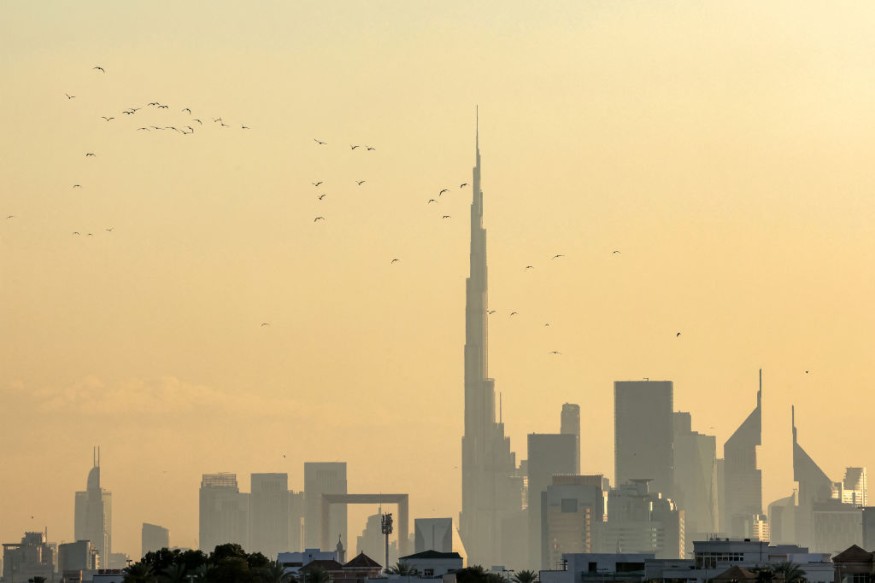Researchers from the University of New Mexico discovered that widespread blue light can help increase bird vulnerability to building collisions, particularly threatening birds in urban areas. Understanding the problem can offer new insights into protecting birds, and reducing the potential effects of light pollution.
As many birds have suffered from habitat loss, they are also found in urban areas, which are vulnerable to various threats, including light pollution. The report raised concerns about the lack of studies to fill the gap in understanding how birds collide with buildings. The research findings were published in the Conservation Biology journal.
The study found that bird collisions were associated with the number of bird deaths in urban areas or cities, as there is a need to study the situation outside North America. The researchers conducted seven years of community science observations and remote sensing data, discovering potential bird-building risk collisions.
Levels of Blue Light at Night Against Night-Migrating Birds

Researchers from UNM noted the importance of studying bird collisions in the tropics, including in Asia and Africa. David Tan and Nicholas Freymueller helped to conduct the study, finding how the levels of blue light can potentially affect night-migrating birds.
Additionally, the report emphasized the contribution of building designs to the collisions, particularly the glassier and larger glasses. According to the report, the researchers used ecological niche modeling to analyze how and where birds can die from high exposure to blue light.
"Our results also show how forest-edge buildings, especially short buildings under 20 meters in height, should be areas of high priority for deploying anti-collision measures," scientist David Tan said, as quoted in a report.
As a result, the researchers collected nearly 225 confirmed bird-building collisions from 2013 to 2020. They discovered that pittas, known as colorful and secretive birds, were victims of building collisions in South, East, and Southeast Asia. The bird is sensitive to blue light pollution, and the change in white LED streetlights can put them at risk of collisions.
"Our discovery that blue light pollution increases the building collision risk of night-migrating birds in tropical Asia adds to the small but growing number of studies worldwide showing that blue light pollution attracts migratory birds," Tan added.
Mitigating Bird Building Collisions
With the increasing threats to birds, the study suggested that buildings should plan for the future, indicating the need for collision-mitigation measures. Bird-safe glass on facades is also important to mitigate the incidence of bird collisions. Construction owners should consider buildings that are friendly to birds and reduce the chance of collisions.
As a result, the reduction of blue light emissions can significantly help the animal population, reducing their deaths when they migrate most.
Related Article : World's Endangered Animals: Which Species are Most at Risk as of 2024?
For more similar stories, don't forget to follow Nature World News
© 2025 NatureWorldNews.com All rights reserved. Do not reproduce without permission.





